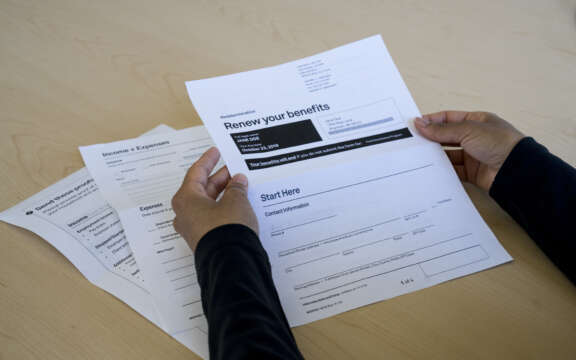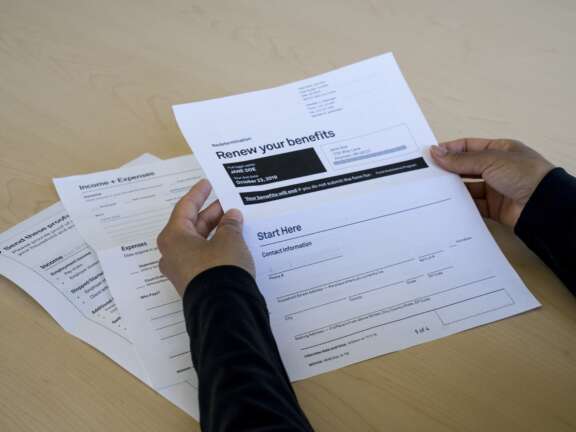
Project Re:new
Developing simple, intuitive benefits renewals
background
over 2.5 million michiganders receive essential benefits and must complete an annual renewal process to keep their coverage
context
Every year across the state of Michigan, more than 400,000 residents are cut off from benefits due to problems with the renewal process
The Michigan Department of Health and Human Services (MDHHS) connects more than 2.5 million residents essential benefits – including healthcare, food assistance, child care, and cash assistance benefits. After they apply, recipients must complete a renewal process at least once a year to keep their benefits.

the challenge
Unfriendly forms translated to lost benefits and inefficient workflows
The renewal forms were filled with institutional language and design that confused clients and frustrated frontline staff. Unclear deadlines, confusing paperwork, or missed mail threw people into a state of crisis. They’d go to pay for their groceries, see a doctor, or drop their child off at child care, only to find out they could no longer access these services.
When their benefits lapsed, the most common workaround was for people to reapply, creating more stress on an already overburdened system for frontline staff.
The legacy renewals
Renewal forms shared qualities of the legacy application - institutional language and design that confused residents and frustrated frontline staff.

Our goal was to design simple and intuitive renewals that could help people succeed
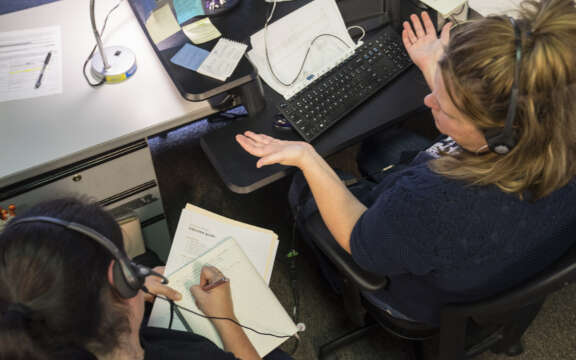
research
listening to the perspectives of residents and frontline staff
the research process
Civilla conducted in-depth research on the experience of renewing public benefits in Michigan
The team spent hundreds of hours talking with residents to hear their stories navigating the benefits renewal process. We also interviewed more than 30 staff members about barriers to creating an efficient process. Through this research, Civilla saw how the renewal process didn’t account for people's needs, and jeopardized their ability to maintain critical benefits.


applicant needs
the renewal process pushed people into crisis mode
Residents saw the renewal forms as a surprise each time, even if they had been receiving benefits for years. For many, failure was normalized. People needed the renewal form to stand out from other mail, convey a sense of urgency, and be simple to complete. These three key needs would help people complete their forms accurately and on-time. With a better renewal process, families would be able to maintain the benefits that contribute to their stability and well-being.
There’s so much information on the renewal form that doesn’t pertain to me. I’ll call my caseworker but they probably won’t answer. I end up leaving a lot of questions blank.
— Benefits recipient, Michigan
frontline staff needs
unclear processes made more work for staff
The burden of communicating the renewal process to clients was falling on staff’s shoulders. Residents often returned their forms inaccurately and past-due, leading to renewals getting off track. The most important factors to improve outcomes were clear guidance for residents; on-time submissions; and complete and accurate information.

People call with questions on the renewal form all the time. I just tell them to do their best and then I sort it out later. Some of them just give up – then they lose their benefits and have to fill out a new application.
— Caseworker, Michigan Department of Health and Human Services
Data estimated that an overly complex process resulted in 200,000 unnecessary applications each year, costing the department $25 million in staff time
The old forms come in with a lot of missing information. Often, there's no signature which means I can’t process it. I play phone tag trying to notify the applicant. Often the case will close. Then we're back to the beginning.
— Caseworker, Michigan Department of Health and Human Services
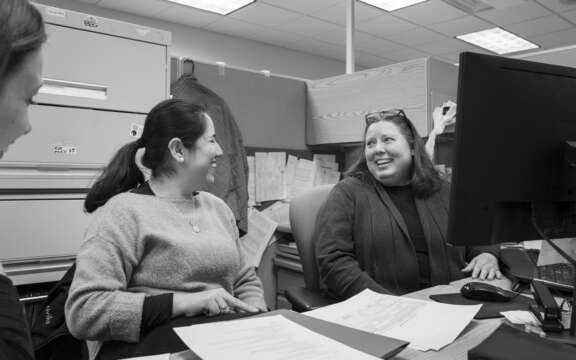
design
prioritizing action and clarity to improve the effectiveness of renewal forms
the design process
To find solutions, Civilla went directly to the experts: residents and frontline staff that would be using the new designs
We worked alongside them to learn directly from people deeply involved in the process. This allowed the team to focus on solving the most significant pain points and to design solutions that met their needs.

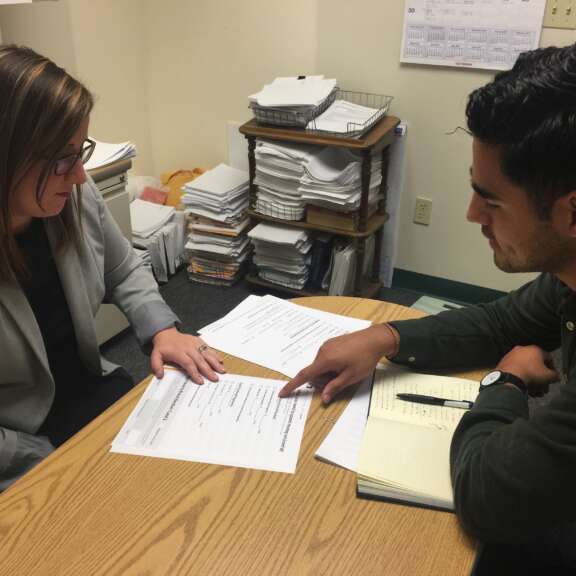

The new renewal forms set up residents and staff for success with a streamlined process that emphasizes clarity, urgency, and action
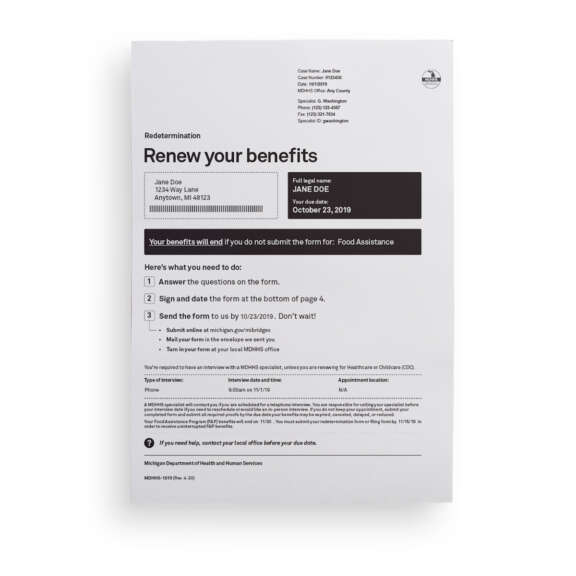
core form+
Similarly to Michigan's redesigned application, the core form contains information that is required for all (or most) residents to complete.program details+
The supplemental pages are program-specific and tailored to each resident’s case.Proofs page+
Residents often fail to send required proof documents. This page provides plain-language examples of the documents residents may need to submit. It doubles as a reminder that residents can stick to their refrigerator.simplified design+
Plain language allows residents to understand the form and respond accurately. Clear hierarchy helps residents and field staff scan the form quickly and see what’s most important. Shaded input fields draw attention to where residents need to input information.Pre-fill text+
The new renewal forms use pre-filled information from the resident’s case file to give residents a head-start on completing their forms. This saves residents time, since they do not have to fill out information that MDHHS already has on record.
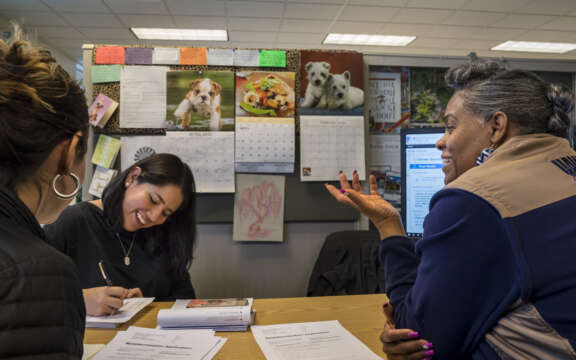
pilot
MDHHS and civilla launched a pilot program to test the new renewals and measure the impact of the changes
testing the redesigned renewal forms
we worked with 30 frontline staff to gather more than 17,000 data points on the new forms
Throughout the pilot, we refined the forms based on data and feedback from end users. The team piloted six different prototypes with nearly 500 residents to design solutions that best met user needs. The pilot showed significant improvements for both residents and frontline staff.
I can focus on other things in my life. I don’t have to worry about not having food or insurance for myself and my daughter.
— Benefits Recipient, Michigan
95%
50%
60%
15%
200K
The new renewal forms will mean increased efficiency, less headaches, less phone calls, less applications, and fewer hearings. All while providing better customer service.
— Caseworker, Michigan Department of Health and Human Services
The pilot showed that the redesigned forms have a significant impact on the benefits renewal process – providing peace of mind for residents and decreasing administrative headaches for staff
Implementation
based on the pilot’s findings, michigan’s leaders made the decision to roll out the new renewals statewide
scaling statewide
Civilla and MDHHS designed implementation to ensure the state was ready for the change

policy & technology
Civilla conducted in-depth policy and legal reviews to ensure the new forms met all federal, state, and departmental requirements
The team then integrated changes to online renewal forms to accommodate the new forms and ensure people could complete their renewals on paper or online.
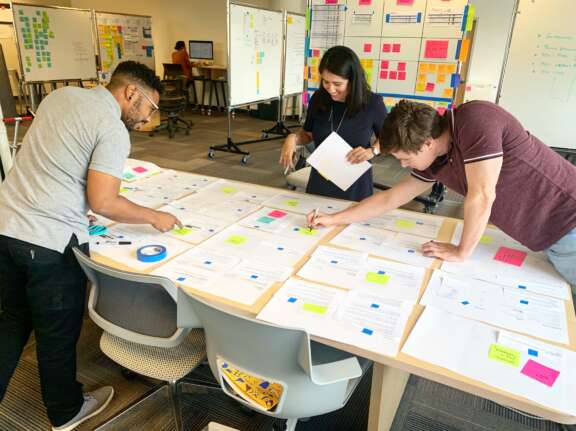
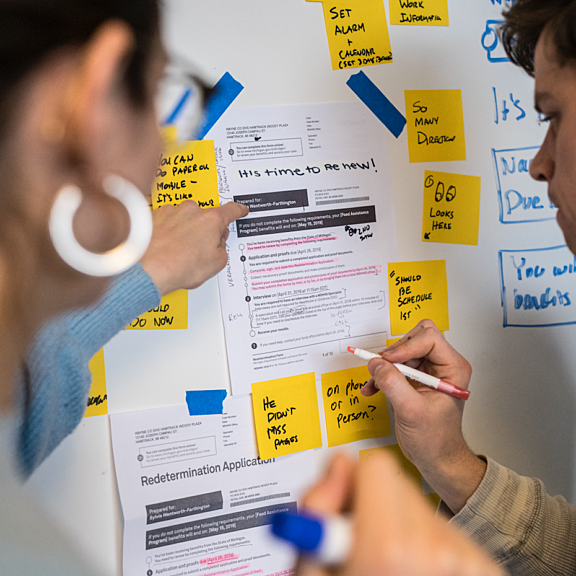

peer-led, participatory training
In partnership with MDDHS, Civilla trained 5,000 staff across more than 100 offices to prepare for statewide rollout
We developed multimedia training materials to create an engaging and fun experience. Our train-the-trainer model ensured that training was peer-led, rather than arriving as a top-down mandate. With the arrival of COVID-19, Civilla adapted the training to be facilitated remotely.
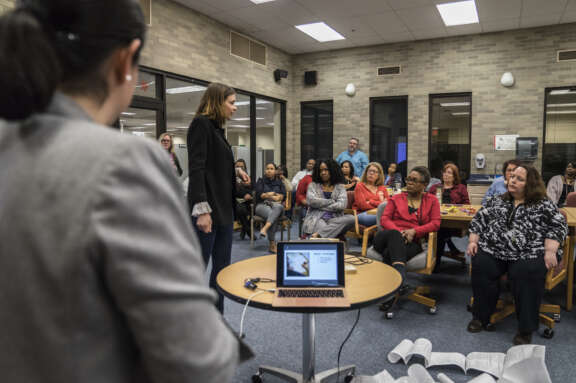
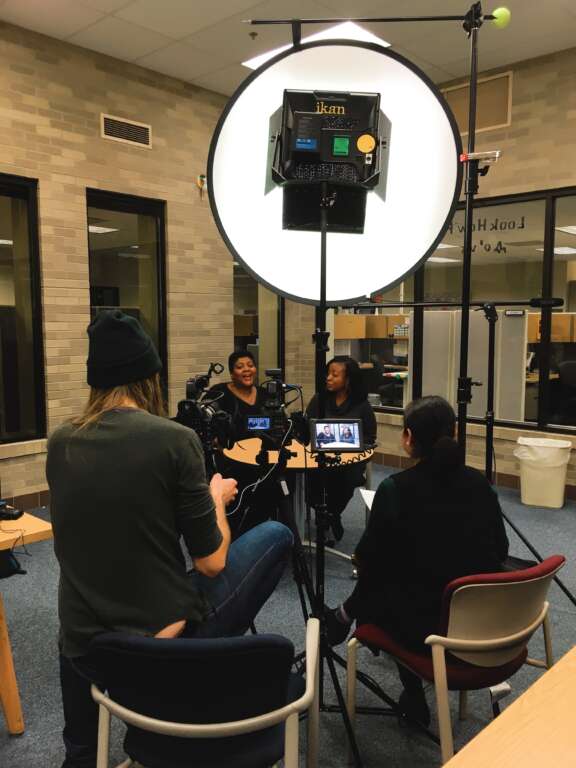
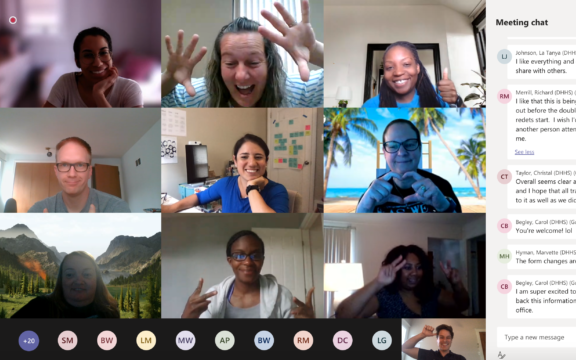
Communicating the new vision
To bring everyone up to speed on the project and ensure strong alignment prior to statewide rollout, Civilla hosted virtual tours for dozens of stakeholders
We shared our process with legislators, advocacy groups, community partner organizations, and unions across Michigan.

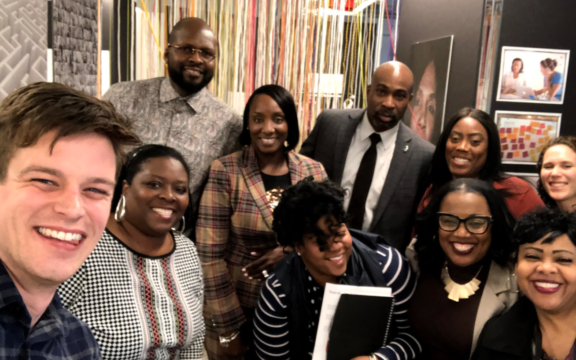
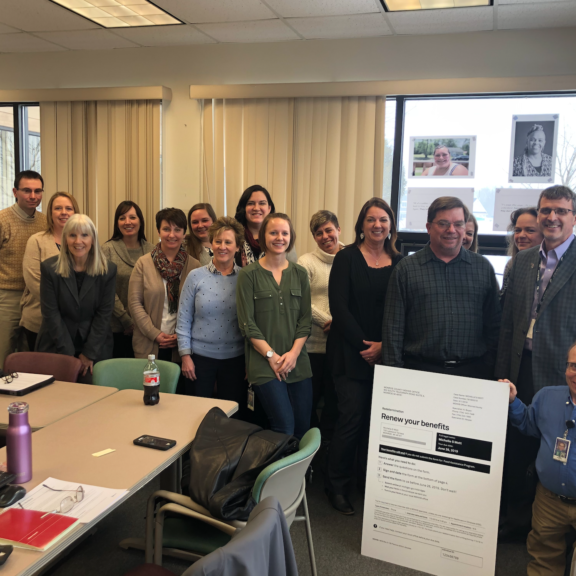
conclusion
Across the state, the new renewal forms have created significant improvements in service delivery
Civilla’s work to streamline and improve renewals shows the impact that a human-centered design process can have
The team is currently working to transfer learnings and best practices to other states. States that operate similar programs can build on these findings and join MDHHS in creating a benefits system that is more compassionate, more effective, and less expensive to operate.
This effort was unique. It gave frontline staff permission to speak their minds - it created a safe space for them. And it made a big difference for our clients.
— Russ Gruber, Assistant to the Deputy Director, Economic Stability Administration, Michigan Department of Health and Human Services
